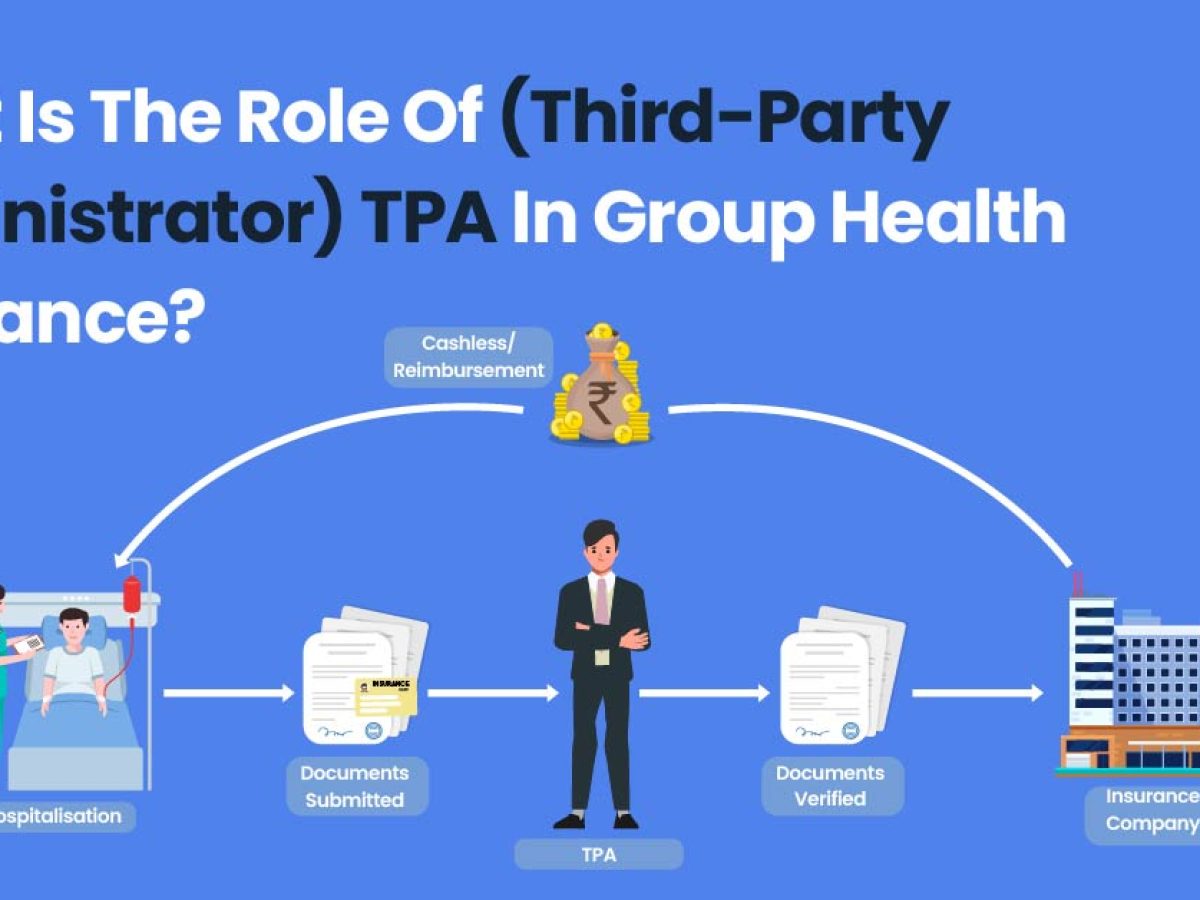See This Report on Pacific Prime
See This Report on Pacific Prime
Blog Article
Pacific Prime Can Be Fun For Anyone
Table of Contents10 Simple Techniques For Pacific PrimeThe smart Trick of Pacific Prime That Nobody is DiscussingA Biased View of Pacific PrimeSome Known Details About Pacific Prime The Best Guide To Pacific Prime

This is since the information were gathered for a period of solid economic efficiency. Of the approximated 42 million individuals that were without insurance, almost regarding 420,000 (concerning 1 percent) were under 65 years of age, the age at which most Americans come to be eligible for Medicare; 32 million were adults in between ages 18 and 65, around 19 percent of all adults in this age; and 10 million were youngsters under 18 years old, about 13.9 percent of all youngsters (Mills, 2000).
These price quotes of the variety of individuals without insurance are generated from the annual March Supplement to the Present Populace Study (CPS), carried out by the Demographics Bureau. Unless or else kept in mind, nationwide estimates of people without medical insurance and proportions of the populace with different kinds of protection are based on the CPS, one of the most widely utilized source of quotes of insurance protection and uninsurance prices.
The Only Guide to Pacific Prime

Still, the CPS is especially valuable due to the fact that it generates annual quotes relatively rapidly, reporting the previous year's insurance policy protection estimates each September, and because it is the basis for a consistent collection of price quotes for even more than twenty years, permitting evaluation of fads in coverage with time. For these factors, as well as the extensive use of the CPS in various other researches of insurance protection that exist in this report, we rely on CPS price quotes, with restrictions noted.

The quote of the number of without insurance individuals broadens when a population's insurance standing is tracked for several years. Over a three-year duration beginning early in 1993, 72 million individuals, 29 percent of the U.S. https://www.twitch.tv/pacificpr1me/about. populace, were without insurance coverage for a minimum of one month. Within a solitary year (1994 ), 53 million people experienced at the very least This Site a month without protection (Bennefield, 1998a)
Six out of every 10 without insurance adults are themselves used. Functioning does improve the probability that one and one's household participants will have insurance policy, it is not a guarantee. Even members of family members with 2 full-time wage income earners have virtually a one-in-ten possibility of being without insurance (9.1 percent uninsured price) (Hoffman and Pohl, 2000).
The Pacific Prime PDFs
New immigrants represent a substantial proportion of people without wellness insurance policy. One analysis has associated a substantial portion of the current growth in the size of the U.S. uninsured populace to immigrants that got here in the nation between 1994 and 1998 (Camarota and Edwards, 2000). Recent immigrants (those that involved the USA within the past 4 years) do have a high price of being without insurance (46 percent), but they and their youngsters make up simply 6 percent of those without insurance policy nationally (Holahan et al., 2001).
The connection between health and wellness insurance policy and access to care is well developed, as recorded later in this chapter. The connection between health insurance and health end results is neither direct nor easy, a comprehensive medical and health services research study literature web links health and wellness insurance coverage to better accessibility to care, much better quality, and improved individual and population health and wellness status.
Degrees of evaluation for analyzing the results of uninsurance. This discussion of medical insurance protection focuses primarily on the U.S. population under age 65 due to the fact that virtually all Americans 65 and older have Medicare or various other public protection. Moreover, it focuses especially on those without any type of medical insurance for any kind of size of time.
How Pacific Prime can Save You Time, Stress, and Money.
The troubles encountered by the underinsured are in some aspects similar to those dealt with by the uninsured, although they are usually much less serious. Health insurance, nonetheless, is neither required nor enough to acquire accessibility to medical solutions. The independent and direct effect of health insurance coverage on access to health services is well developed.
Others will acquire the healthcare they require also without health insurance policy, by spending for it expense or seeking it from providers who use treatment complimentary or at highly subsidized rates. For still others, medical insurance alone does not guarantee invoice of care due to the fact that of other nonfinancial barriers, such as an absence of wellness care suppliers in their neighborhood, minimal accessibility to transport, illiteracy, or linguistic and social differences.
The Single Strategy To Use For Pacific Prime
Formal research about uninsured populations in the United States dates to the late 1920s and early 1930s when the Committee on the Cost of Treatment created a series of reports regarding funding physician workplace gos to and hospital stays. This concern became salient as the varieties of medically indigent climbed during the Great Depression.
Report this page